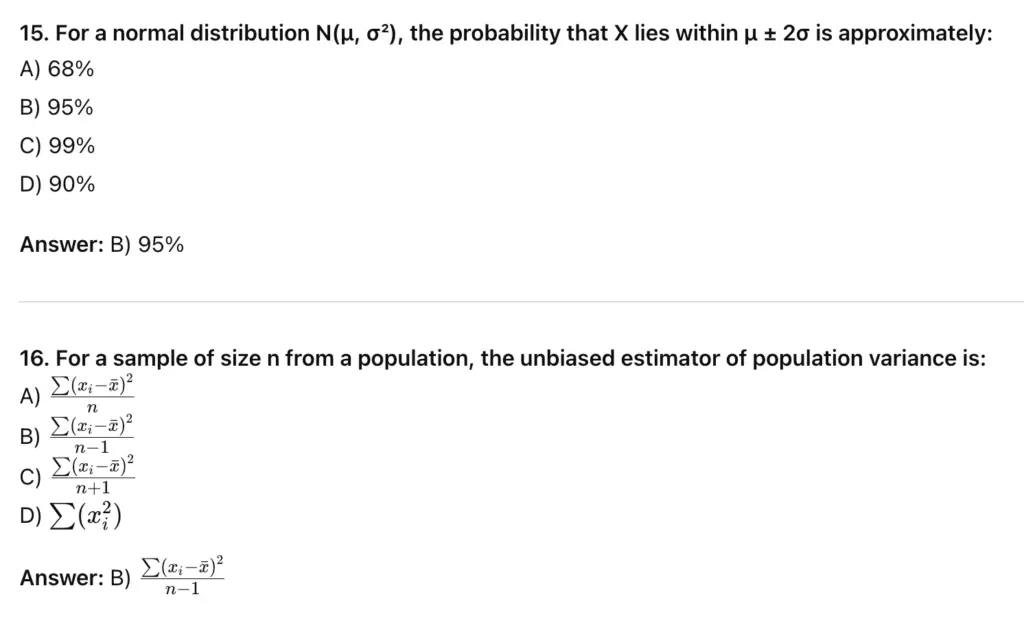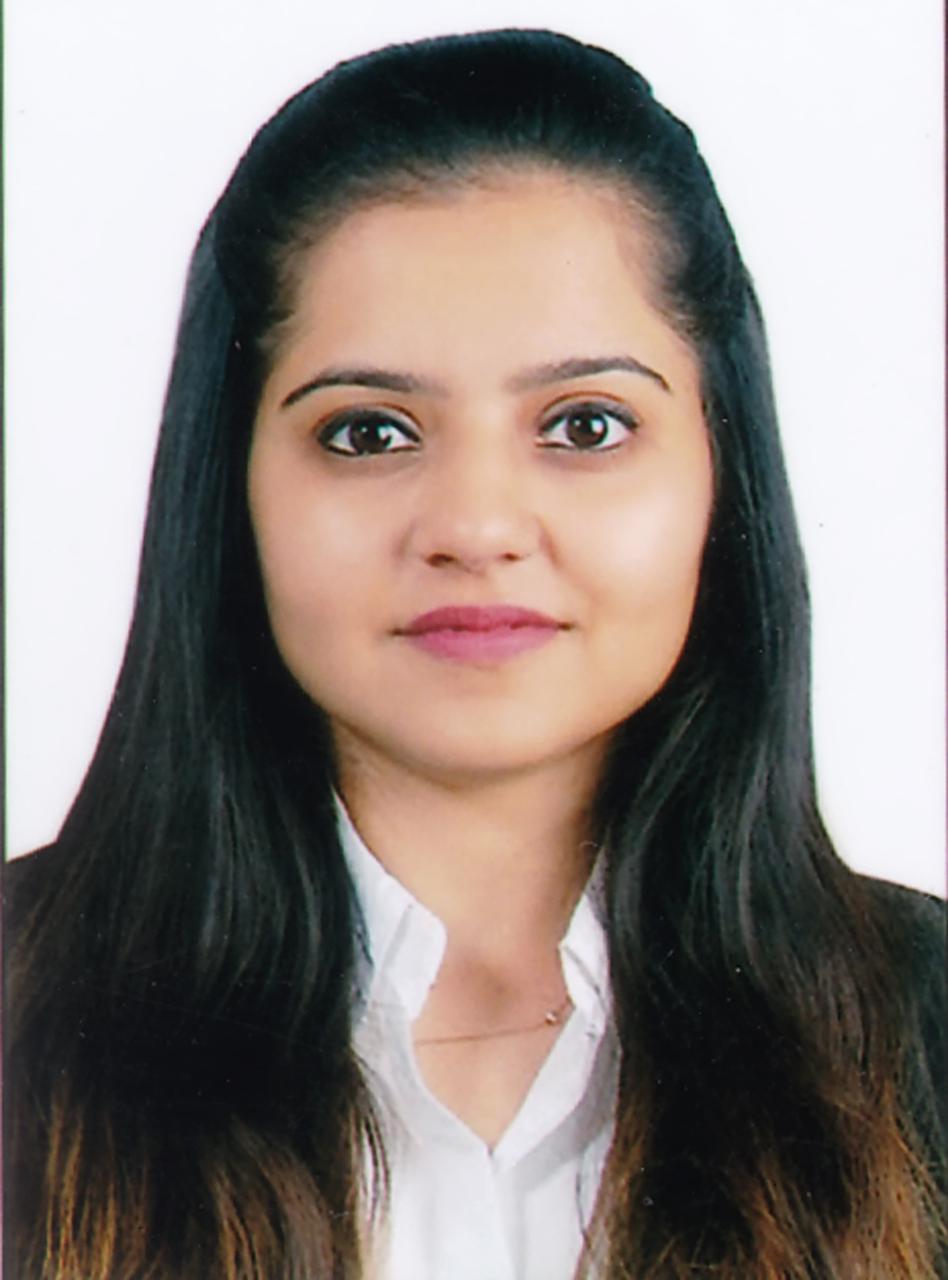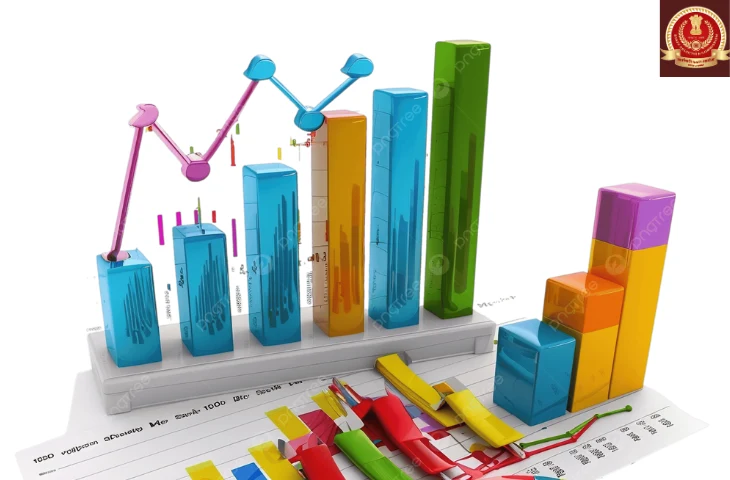The SSC CGL Junior Statistical Officer (JSO) paper is an important part of Paper II of Tier 2, designed to test a candidate’s understanding of applied statistics and data interpretation. If you’re preparing for SSC CGL Tier 2 (Statistics section), knowing the syllabus, weightage, and key topics is important for scoring high.
Also check out Most Repeated Quantitative Aptitude Questions for SSC CGL Tier 2
SSC CGL JSO Most Important Questions
Statistics is a key section in SSC CGL JSO Paper 2. Here are 20 most important questions on topics like Central Tendency, Probability, Correlation, Sampling, Time Series, and Inference, designed at Tier 2 difficulty, with answers for quick practice.
1. If the mean of 5 numbers is 12, and one number is replaced by 20, the new mean becomes 14. Find the number replaced.
A) 6
B) 8
C) 10
D) 12
Answer: B) 8
2. For a continuous random variable XXX with pdf f(x)=kx2f(x) = kx^2f(x)=kx2 for 0≤x≤20 \le x \le 20≤x≤2, find kkk.
A) 1
B) 3/8
C) 2/3
D) 1/4
Answer: B) 3/8
3. The coefficient of skewness (Karl Pearson) for a distribution with mean = 50, median = 47, standard deviation = 4 is:
A) 0.75
B) 0.5
C) 0.25
D) 1
Answer: A) 0.75
4. If two variables X and Y have correlation coefficient 0.8, then the coefficient of determination is:
A) 0.64
B) 0.80
C) 0.36
D) 0.72
Answer: A) 0.64

6. If the variance of X is 16, what is the variance of 3X + 5?
A) 16
B) 48
C) 144
D) 21
Answer: C) 144
7. The Spearman’s rank correlation coefficient between two variables with tied ranks can be calculated using:
A) Pearson correlation formula
B) Difference of ranks formula
C) Regression formula
D) None of these
Answer: B) Difference of ranks formula
8. In a two-way ANOVA with r = 3 rows and c = 4 columns, the degrees of freedom for interaction is:
A) 6
B) 2
C) 8
D) 1
Answer: A) 6
9. A sample of 100 observations has a mean of 50 and SD of 10. The standard error of the mean is:
A) 1
B) 10
C) 0.1
D) 5
Answer: A) 1

11. For a binomial distribution with n = 10 and p = 0.5, variance is:
A) 2.5
B) 5
C) 10
D) 1
Answer: A) 2.5

13. If Q1 = 20, Q3 = 40, median = 30, then Bowley’s coefficient of skewness is:
A) 0
B) 0.2
C) 0.25
D) 0.1
Answer: A) 0
14. In regression analysis, the sum of residuals is:
A) Equal to 1
B) Equal to zero
C) Positive
D) Negative
Answer: B) Equal to zero


18. If a time series has seasonal variation, it can be removed by:
A) Differencing
B) Smoothing
C) Seasonal Index
D) Regression
Answer: C) Seasonal Index
19. If population size N = 1000, sample size n = 100, sampling fraction is:
A) 1%
B) 10%
C) 50%
D) 100%
Answer: B) 10%
20. The Chi-square test is used for:
A) Mean testing
B) Proportion testing
C) Goodness of fit and independence testing
D) Regression
Answer: C) Goodness of fit and independence testing
SSC JSO Topic-wise Weightage (Approximate)
In the SSC CGL/JSO Statistics Paper, different topics carry different marks. Knowing the expected weightage of each topic can help you plan your preparation and focus on high-scoring areas. The table below shows the approximate marks for each important topic in the exam.
Check out Most Repeated Reasoning Questions for SSC CGL Tier 2
| Topic | Expected Weightage |
| Measures of Central Tendency & Dispersion | 10-12 marks |
| Correlation & Regression | 10-15 marks |
| Probability & Probability Distributions | 15-20 marks |
| Sampling Theory | 8-10 marks |
| Statistical Inference | 20-25 marks |
| Time Series & Index Numbers | 10-15 marks |
| Moments, Skewness, Kurtosis | 5-8 marks |
SSC CGL JSO Statistics Syllabus 2025
The Statistics syllabus according to the SSC JSO Exam Pattern is divided into key topics that test your conceptual clarity and application skills.
| Unit | Topic |
| 1. Collection, Classification & Presentation of Statistical Data | Meaning, types of data, primary & secondary data, frequency distribution, tabulation, diagrammatic representation. |
| 2. Measures of Central Tendency | Mean, Median, Mode, Geometric & Harmonic Mean, Weighted Mean. |
| 3. Measures of Dispersion | Range, Quartile Deviation, Mean Deviation, Standard Deviation, Coefficient of Variation. |
| 4. Moments, Skewness & Kurtosis | Types of moments, coefficient of skewness, coefficient of kurtosis, shape of distribution. |
| 5. Correlation & Regression | Scatter diagrams, Karl Pearson’s coefficient, Spearman’s rank correlation, regression lines, multiple correlation. |
| 6. Probability Theory | Basic definitions, addition & multiplication theorems, conditional probability, Bayes’ theorem. |
| 7. Random Variables & Probability Distributions | Random variables, binomial, Poisson, normal, exponential, and joint distributions. |
| 8. Sampling Theory | Population and sample, sampling techniques, errors, sampling distributions, central limit theorem. |
| 9. Statistical Inference | Estimation, testing of hypotheses, standard errors, t-test, z-test, chi-square test, F-test. |
| 10. Analysis of Variance | One-way classification, Two-way classification |
| 11. Time Series Analysis | Trend determination, Seasonal variation |
| 12. Index Numbers | Construction, Types, Formulae, Uses (e.g., cost of living index) |
Check out Most Repeated Computer Awareness Questions for SSC CGL Tier 2
SSC CGL JSO Paper Overview
Below are the details of SSC JSO Exam:
| Feature | Details |
| Paper Name | SSC CGL Tier 2 Paper II – Statistics (for JSO) |
| Mode of Exam | Online (Computer-Based Test) |
| Total Marks | 200 |
| No. of Questions | 100 |
| Time Duration | 2 Hours |
| Type of Questions | Objective (MCQs) |
| Negative Marking | 0.50 marks per wrong answer |
Also check out Most Repeated Quantitative Aptitude Questions for SSC CGL Tier 2
Key Takeaways
Below are the key takeaways:
- SSC CGL JSO Paper tests statistical application and reasoning, not memorization.
- Understanding concepts + practicing numericals = high score.
- Weightage is higher for Probability, Inference, and Correlation.
- Keep a formula sheet handy for last-minute revision.
Check other SSC JSO related blogs:
FAQs
The paper has 100 objective (MCQ) questions carrying 200 marks. The exam duration is 2 hours, and there is a 0.5 mark negative marking for each wrong answer.
The syllabus includes Collection & Presentation of Data, Measures of Central Tendency & Dispersion, Moments, Skewness & Kurtosis, Correlation & Regression, Probability, Probability Distributions, Sampling Theory, Statistical Inference, Time Series, and Index Numbers.
Focus on conceptual clarity, practicing numerical problems, and maintaining a formula sheet for quick revision. Topics like Probability, Inference, and Correlation carry higher weight, so prioritize them.
No. The paper tests application of statistics and reasoning. Understanding concepts and solving practical problems is key to scoring well.
Yes, refer to standard books for Statistics, Probability, and Data Interpretation. Practicing previous year papers and mock tests is highly recommended.
- SSC CGL Tier 2 Study Plan 2025 for Last 15 Days Before Exam
- SSC CGL 2025 Tier 1 PYPs, Shift-Wise Previous Papers, Download PDFs
- SSC CGL Tier 2 Paper 1 Preparation Tips, Check now
- SSC CGL टॉप 5 हाई पेइंग जॉब्स कौन-सी हैं?, पूरी जानकारी यहां
- SSC CGL की तैयारी के लिए सबसे अच्छी किताबें कौन-सी हैं? यहां चेक करें
- SSC CGL पोस्ट प्रेफरेंस, SSC CGL की सबसे अच्छी पोस्ट क्या है?

I’m Mahima Khurana, a writer with a strong passion for creating meaningful, learner-focused content especially in the field of competitive exam preparation. From authoring books and developing thousands of practice questions to crafting articles and study material, I specialize in transforming complex exam-related topics into clear, engaging, and accessible content. I have first hand experience of 5+ months in SSC Exams. Writing, for me, is not just a skill but a way to support and guide aspirants through their preparation journey one well-written explanation at a time.
